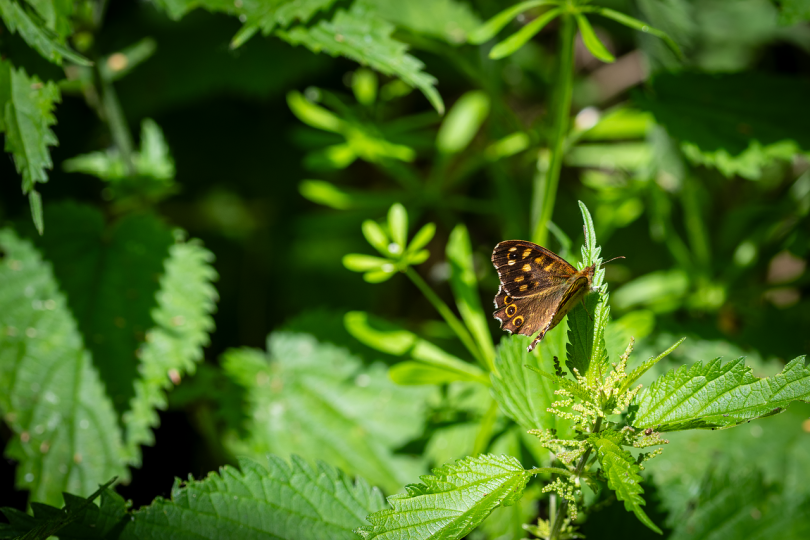Kemboi Douglas1* and Jeruto Janet2
| Diseases due to microorganisms’ infections signify a serious problematic to human health. Plants used by herbalist for traditional medicine are known to contain a wide range of phytochemicals which can be used to treat and prevent different infectious diseases. Bridelia micrantha and Tithonia diversifolia are medicinal plants whose parts have been used by Kipsigis traditional herbalists to treat common diseases. The microbial activity of this Kenyan plants has not been evaluated despite their continued use. They are used by many communities in Kenya to treat diseases such as gonorrhea, syphilis, leprosy among others. The current study was aimed at evaluating and comparison of the in vitro antibacterial activity of crude leaf extracts from Bridelia micrantha and Tithonia diversifolia. The phytochemicals present in organic solvent extracts were also tested and compared. Escherichia coli, Salmonella Typhi and Staphylococcus aureus were used as the test organisms. Extraction of crude extracts was done by cold extraction. The methanol and ethyl acetate leaf extracts from the test plants showed considerable antibacterial effects on S.aureus. Most of the extracts tested positive for tannins, terpenoids, flavanoids and carotenoids from both plants. Alkaloids were absent in the leaf extracts from Bredelia micrantha while they were present in Tithonia diversifolia extracts. All the plants extracts showed no inhibition against E.coli, Methanol extract of Tithonia diversifolia and Bredelia micrantha exhibited a zone of inhibition of 14.40 mm and 19 mm against Styphylococcus aureus respectively at a concentration of 100 mg/L. Ethyl acetate extracts of Bredelia micrantha was inactive against all test organisms at various concentration. Antibacterial activity difference observed could be attributed to the type of solvent used for extraction. The results gives scientific validity for the use of these two plant as a medicine source and it can be suggested that the medicinal plants have a close relationship in terms of the phytochemicals present and their antimicrobial activity |








A random comment by a random commenter.
This is a reply…
test reply